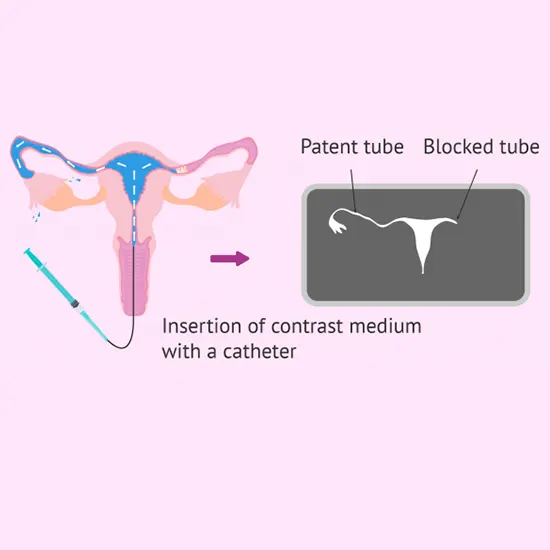
By identifying these and other issues that can affect fertility, the HSG test can help healthcare providers determine the best course of treatment for couples struggling with infertility. It is an important tool for diagnosing...
The Hysterosalpingogram (HSG) Test plays an important role in diagnosing infertility in women by evaluating the structure and function of their uterus as well as fallopian tubes. Some of the specific ways that the HSG test can help in the diagnosis and treatment of infertility include:
- Identify Tubal Blockages: A blockage in one or both fallopian tubes prevent the egg and sperm from meeting, which can make it tough or impossible to conceive. The HSG Test identifies the blockage in the tubes, which can be treated with surgery or other interventions.
- Diagnose Uterine Abnormalities: Abnormalities in the structure of the uterus, such as septum or fibroids, can also cause infertility. HSG tests identify these abnormalities that can be treated with surgical or interventional procedures.
- Evaluating the shape of Uterine Cavity: The HSG Test also evaluates the shape of the uterine cavity and identifies the abnormalities that can affect the implantation of fertilized eggs.
- Confirming tubal patency: The HSG test can confirm the free flow of contrast dye through the fallopian tubes, which indicates that the tubes are open and unobstructed.
By identifying these and other issues that can affect fertility, the HSG test can help healthcare providers determine the best course of treatment for couples struggling with infertility. It is an important tool for diagnosing and treating the underlying causes of infertility, and can ultimately help improve the chances of a successful pregnancy.









